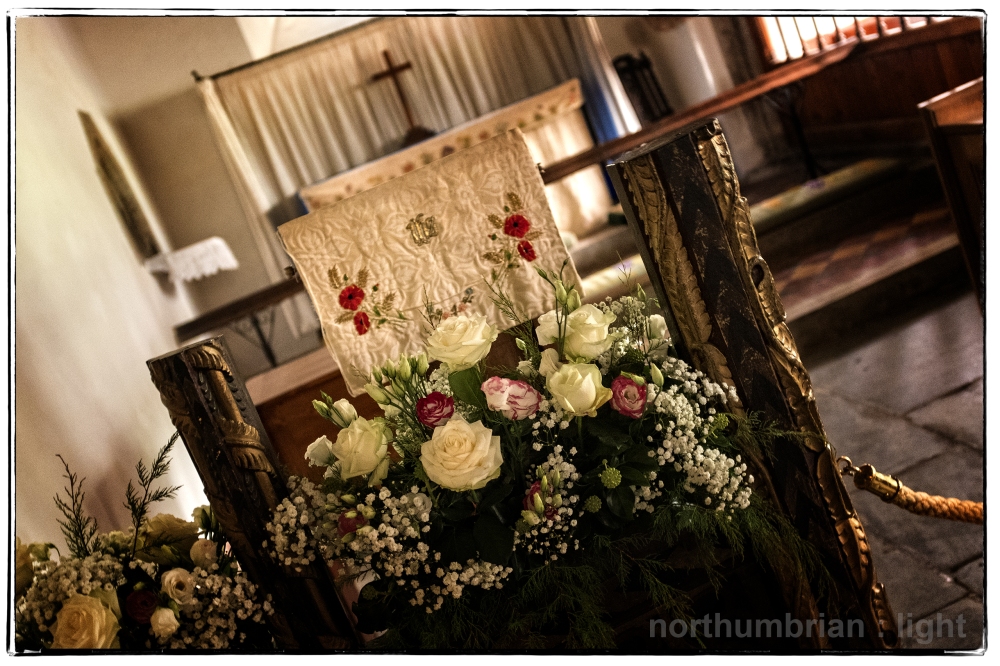St Enodoc
In previous years I have approached St Enodoc Church from Daymer Bay but this time we parked at Rock and ended up walking down the tenth in the company of a local four-ball. At stroke index 1 (i.e. ranked the hardest hole on the course), it looks a real stinker with thick trees and bushes all the way down the left, steeply banked rough to the right and the narrowest of fairways in between. The pin remains out of sight to the last.
Poet Laureate Sir John Betjeman was buried in St Enodoc churchyard in 1984. His coffin was carried down the tenth in the heaviest of weather, perfect conditions for a bleak Cornish funeral. As a middling golfer I doubt he looked forward to playing this hole. His poem, Seaside Golf, was inspired by the 13th:
I played an iron sure and strong
And clipp’d it out of sight,
And spite of grassy banks between
I knew I’d find it on the green.
And so I did. It lay content
Two paces from the pin;
A steady putt and then it went
Oh, most securely in.
The very turf rejoiced to see
That quite unprecedented three.
The parody, written by fellow member Sir Robin Butler, must surely have been inspired by the tenth:
I played an iron sure and strong,
A fraction to the right
I knew that when I reached my ball
I’d find it underneath the wall.
And so I did. I chipped it low
And thinned it past the pin
And to and fro, and to and fro
I tried to get it in;
Until, intoning oaths obscene
I holed it out in seventeen
This well known view from the St Enodoc churchyard captures all that Sir John loved about this place – the ancient church rooted to the landscape, the wild Atlantic Cornish coast and the links course in between:

We caught up with the same four-ball as we crossed the fairway to Daymer Bay:
Golfer: ‘Been to seek forgiveness?’
Me: ‘Nope, to pray for a better a golf swing’
Golfer: ‘I’ve tried that – it doesn’t work’.
Despite the prospect of the tenth, St Enodoc remains on my golfing bucket list – the game is fundamentally a masochistic endeavour.
The background to St Enodoc on Wiki is so good, I thought it worth repeating here:
The church is situated in sand dunes east of Daymer Bay and Brea Hill on the River Camel estuary. Wind-driven sand has formed banks that are almost level with the roof on two sides. From the 16th century to the middle of the 19th century, the church was virtually buried by the dunes and was known locally as “Sinking Neddy” or “Sinkininny Church”. To maintain the tithes required by the church, it had to host services at least once a year, so the vicar and parishioners descended into the sanctuary through a hole in the roof. By 1864 it was unearthed and the dunes were stabilised. The church is surrounded by the course of the St Enodoc Golf Club.


